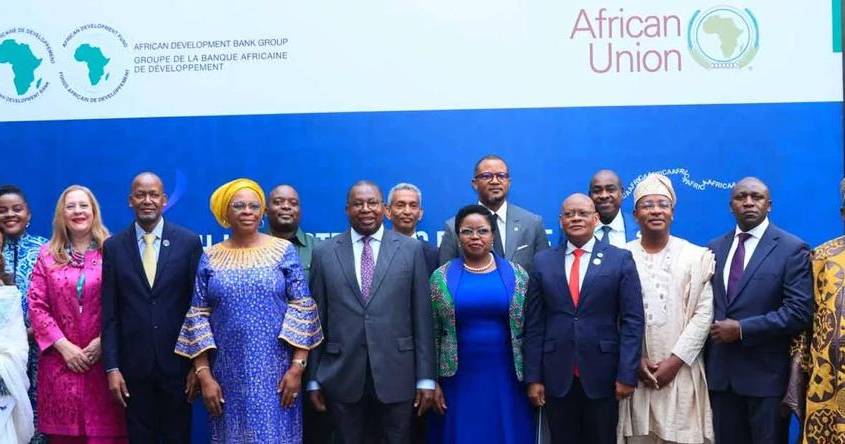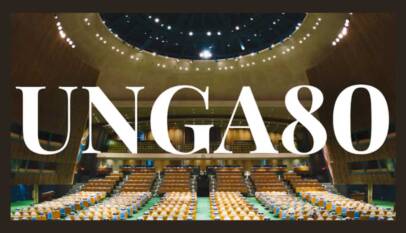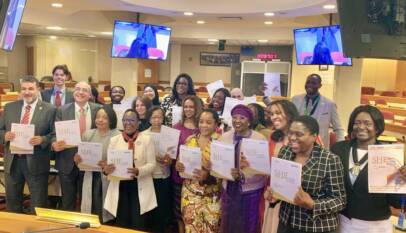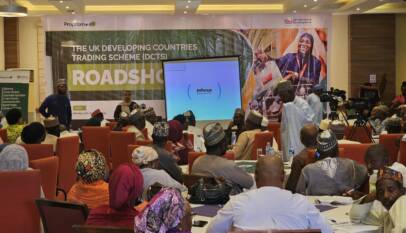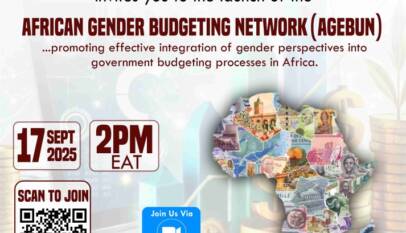ANALYSIS | Kenya and Ghana’s Visa Reforms Paving Way for Free Movement in Africa
Nancy Adossi and Amanda Bisong examine Ghana and Kenya’s recent visa-free travel initiatives arguing that, in a shifting geopolitical landscape, African leaders must look inward for solutions, including mobility policies.
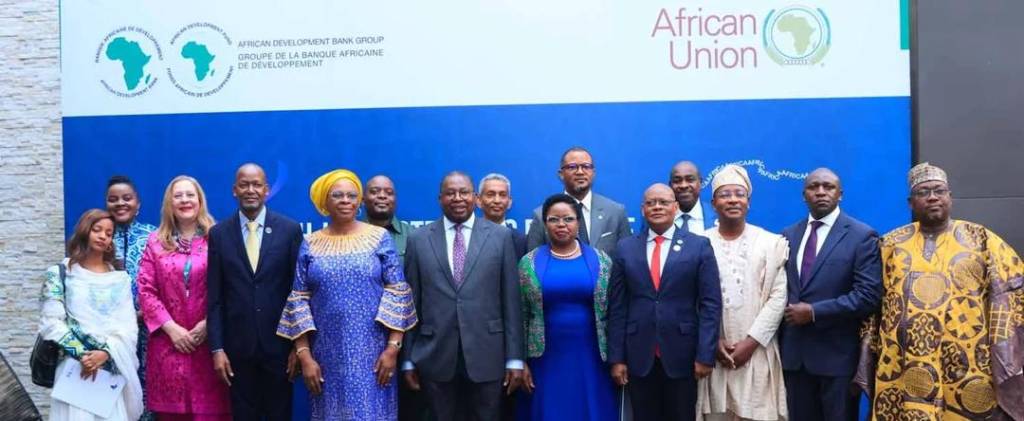
The recent announcements by Ghana for visa-free travel for all Africans and by Kenya to lift the Electronic Travel Authorization (ETA) for almost all Africans suggest that we may finally be about to realise United Africa envisioned by Dr. Kwame Nkrumah. This news precedes the African Union’s most recent push for visa-free movement on the continent towards an integrated Africa under the African Free Trade Area.
Regional Beacons?
The move by Ghana is not surprising. In fact, the announcement of Ghana’s visa-free policy for all Africans builds on a long history of opening up its borders since 1975 as a result of its membership in the Economic Community of West African States (ECOWAS). Ghana’s foray into this approach began with its tourism policy presaged by the launch of its 2019 campaign dubbed the “Year of Return”, primarily aimed at the African Union’s sixth region or its diaspora community.
As the official headquarters of the AfCFTA secretariat and as a country seeking to be a role model for both the AfCFTA and the Nkrumah legacy, it is no coincidence that Ghana launched its campaign one year after the adoption of the Protocol to the Treaty Establishing the African Economic Community Relating to Free Movement of Persons, Right of Residence and Right of Establishment (AU-FMP Protocol).
This campaign was the first of its kind: a call for the African Diaspora, encompassing the ‘Sixth region’, to come back to their roots as a commemoration of the 400th anniversary of the first slaves to arrive in the United States. This campaign triggered a continental sentiment among other states, namely, the hope for an integrated Africa which encompasses the diaspora.
In fact, after the launch of Ghana’s “Year of Return”, Africa observed an uptick in other countries’ willingness to welcome members from the diaspora within their borders, with Benin also offering citizenship to members of the Sixth region.
On the east coast of the continent, Kenya continues to take the lead in ensuring more open borders for Africans. Initially, in January 2024, Kenya announced the abolition of visas to be replaced by the ETA. The ETA is not a new concept; it is a tool used by many countries to better verify and control the entries into their countries, enabling a greater sense of security for air borders in particular.
However, soon after the announcement, the implementation of the ETA was met with much criticism, with many African nationals who did not need a visa prior to this policy change complaining about the sudden requirement of paying for an ETA.
Following a one-year implementation of this policy change, Kenya recently announced its intention to do away with the requirement of an ETA for all Africans, leading the way in the East African Community (EAC) towards a future where borders are open for all Africans. These two forward-thinking giants of Africa have one thing in common: a positive outlook on the economic effects of integration. And this is exactly what the Agenda 2063’s flagship project on the Free Movement of Persons (FMP) seeks to achieve.
What is Happening with AU’s Free Movement Protocol?
Nearly seven years after the AU-FMP was adopted by the African Union, the continent has witnessed a shift in border openness led by the popularisation of the FMP by the African Union Commission. While the AU-FMP has been ratified by only four countries – namely Mali, Niger, Rwanda and Sao Tome and Principe – more countries are allowing visa-free entry of African nationals through unilateral measures.
Africans are also steadily observing a general openness to the freedom of movement within the Regional Economic Communities (RECs). In 2024 alone, a few other RECs have made positive changes towards increasing inter-continental integration. The Intergovernmental Authority on Development (IGAD) strengthened its stance on free movement by announcing that Uganda and Kenya, in May and June respectively, had signed the regional Free Movement Protocol towards increasing integration in the region.
Further, in the EAC region, South Sudan signed a Mutual Recognition Agreement for Engineers to advance cross-border mobility and regional integration. This move would enable the exchange of skills and the growth of skilled workers within the region.
In addition to these regional outcomes, the popularity of integration can be seen in the cross-regional efforts between the RECs. Specifically, in 2024, the Intergovernmental Authority on Development (IGAD) engaged with ECOWAS to learn more about the implementation of its regional Free Movement of Persons Protocol.
This inter-regional cooperation on free movement is a welcomed strategy, given that such actions would bring Africa closer to continental integration. This type of cooperation envisages inter-regional dialogues and synergies towards increasing the movement of Africans for tourism purposes as well as increasing the skills mobility pathways for African nationals.
How are Changes Contributing to Africa’s Integration?
Economic integration, through RECs or the continental approach, brings numerous benefits, including enhanced mobility for individuals, especially business professionals, skilled workers, and talent.
The unilateral measures adopted by African countries demonstrate that well-designed policy measures can address common concerns about security and welfare impacts related to the free movement protocol. The approach taken by these countries reflects a preference for gradual implementation. By starting with visa liberalization, they set the stage for subsequent phases of integration. This step-by-step strategy aligns with the AU-FMP and its operational plan, which also envisions a phased rollout.
What’s Next for Free Movement in Africa?
There was a strong sense of optimism across the continent when the AU-FMP Protocol was adopted in 2018. Africans envisioned a more integrated region with expanded opportunities for all.
While it has taken time for countries to fully embrace the benefits of mobility, the momentum is building. The recent unilateral measures by Kenya and Ghana highlight a growing recognition of the advantages of facilitating movement.
Moving forward, it is crucial to connect the African Union’s Agenda 2063 with tangible welfare improvements – such as job creation for the continent’s youthful population and better economic outcomes. This can be achieved by strengthening the link between trade and mobility, as initially pursued by Regional Economic Communities (RECs) and now expanding to the continental level.
In a shifting geopolitical landscape, African leaders must look inward for solutions, including mobility policies. While a phased approach may be necessary, the existing protocols already anticipate this gradual integration. The key lies in adapting to regional dynamics while maintaining the commitment to a more connected and prosperous Africa.
Dr Amanda Bisong is a policy officer in ECDPM’s migration and mobility and AU-EU relations teams while Dr Nancy Adossi is an economic development expert. This article was originally published on ECDPM’s blog. However, the views are those of the authors and not necessarily those of ECDPM.

